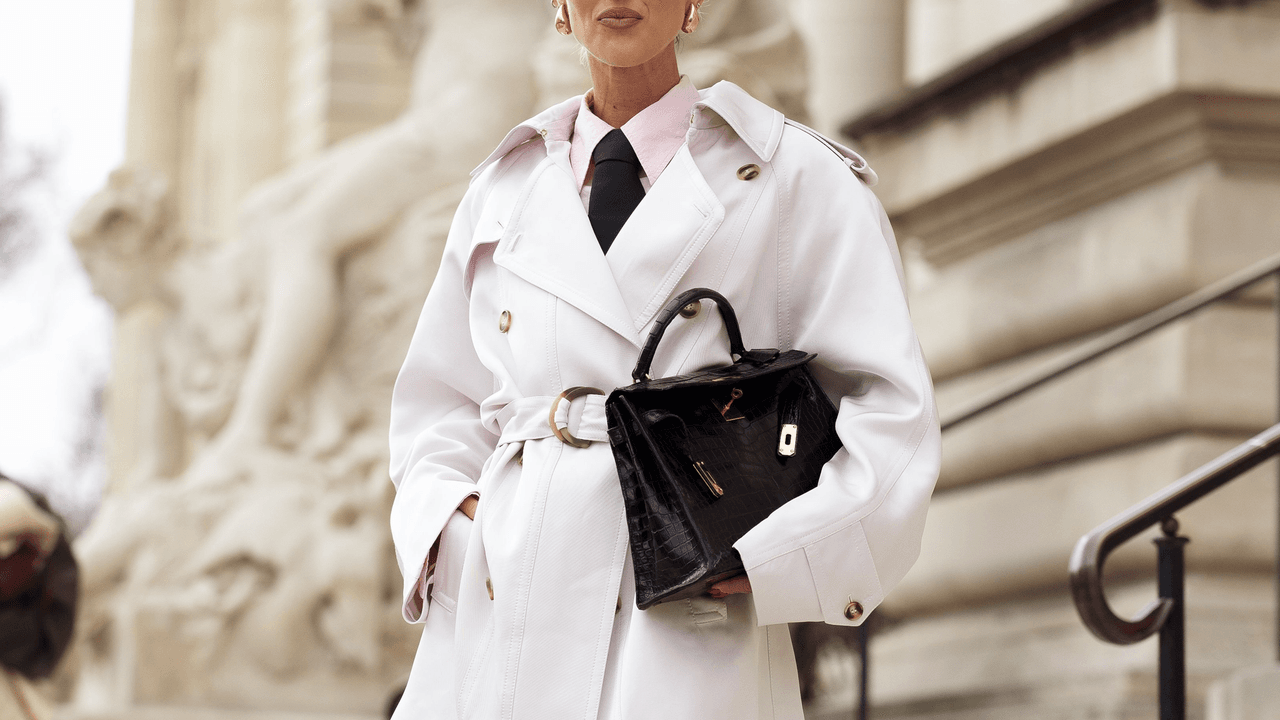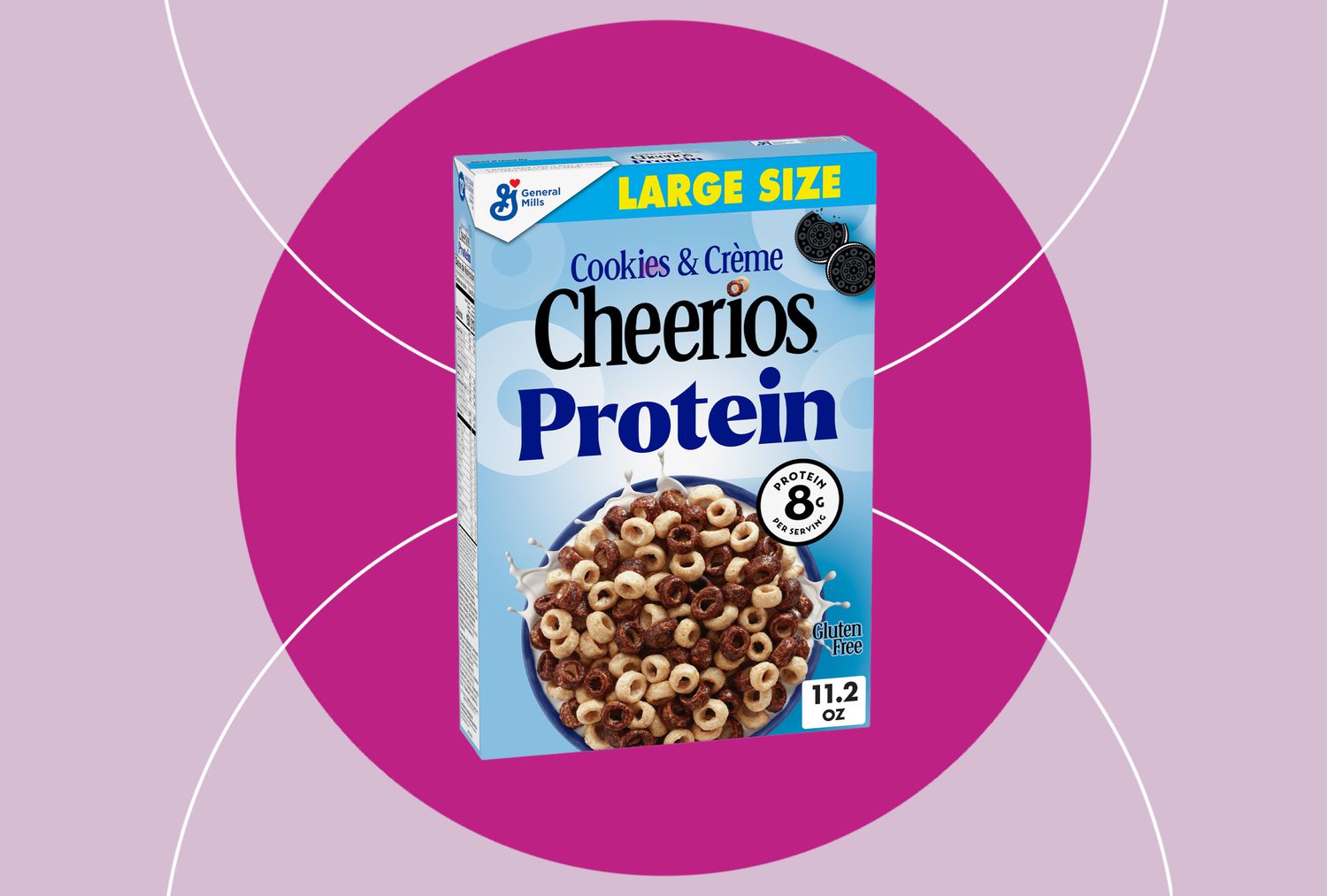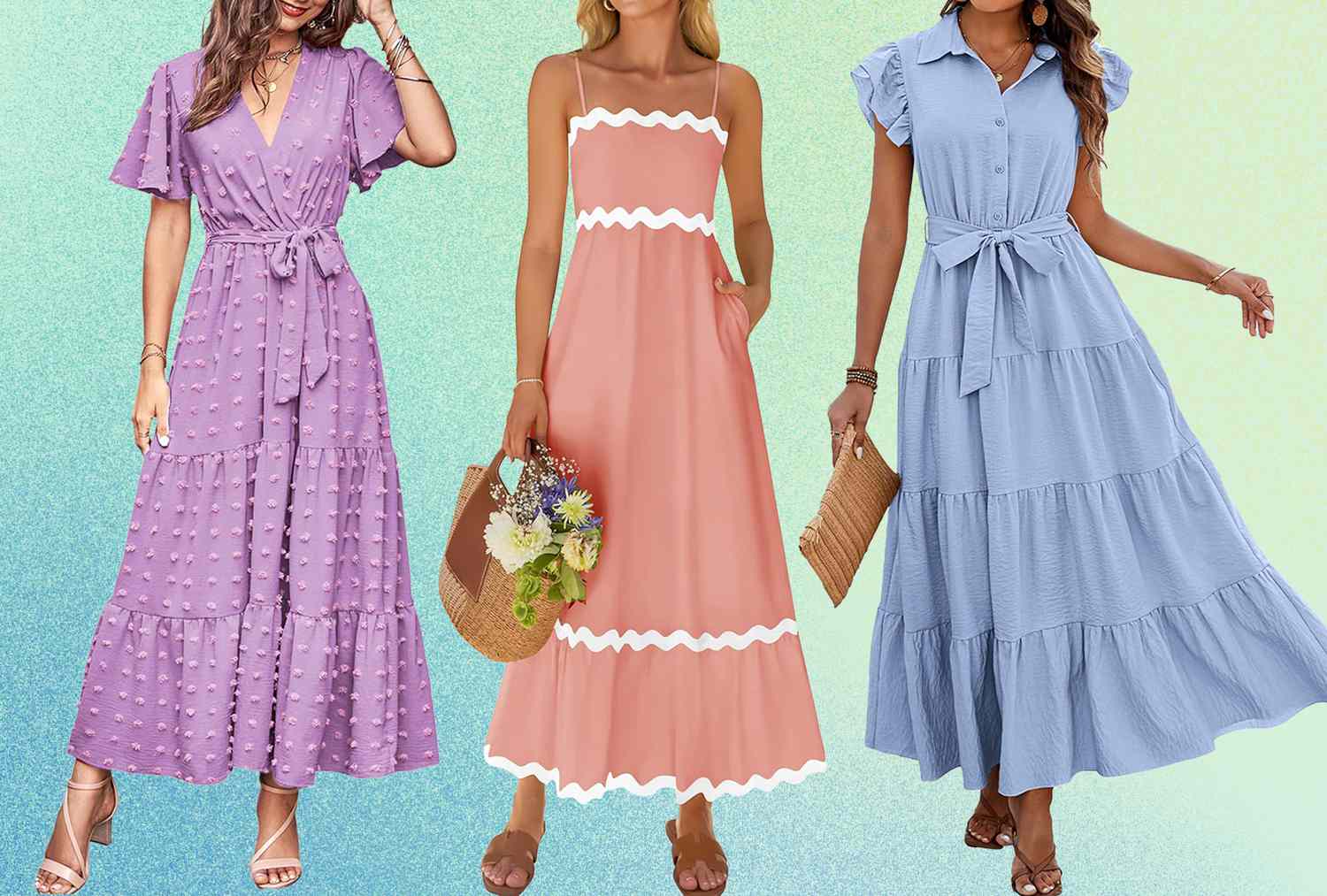
How to Spot The Best Vintage Jewelry in Thrift Stores, According to Jewelers
Whether you’re a longtime thrifter or new to the art, you’re likely keenly aware of the thrill of spotting a treasure or an enticingly low price tag and proudly taking said item home—complete with bragging rights of just how much of a steal you got. This is true no matter what you wander into the store searching for, but there’s something particularly thrilling about thrifting vintage jewelry.
“There’s something magical about holding a piece that has lived a whole life before it found its way to you—it’s history and character wrapped into one,” says Cassidy Montalvo, stylist and founder of I’Mperfect Collective Jewelry. “I love knowing that when I wear it, no one else is going to have the same piece. It’s mine, and it’s completely one-of-a-kind.”
We’re covering everything you need to know about thrifting vintage jewelry, including tools to keep on hand and red flags to look for before purchasing a piece.
Keep the Right Tools On Hand
Before buying vintage jewelry, we recommend picking up a few items. Most important is a 10-power jeweler’s loupe, which is essentially a small and powerful magnifying glass. “It is all in the details and the more you can see, the better choices you can make,” explains Suzanne Martinez, co-owner of Lang Antiques & Estate Jewelry in San Francisco. “Look at everything with the loupe so you can learn to distinguish the characteristics of the materials, metals, and stones.”
The loupe also allows you to read any markings (if any exist) regarding gold and silver quality. For example, 10k, 14k, and 18k mean 10-carat, 14-carat, and 18-carat gold, and 925 indicates sterling silver. You may also see a maker’s mark, which provides information on who made the piece after some research.
For items you have already purchased, other items to keep on hand are jewelry polishing cloths, a jewelry cleaner, and a small soft bristle brush. An ultrasonic cleaner comes in handy, too, but double-check to make sure the gemstones are suitable for this cleansing method.
Use Your Other Senses
Kwangmoozaa / Getty Images
Along with using your eyes to assess vintage jewelry while thrifting, enlist your other senses.
“When I’m looking for a high-quality vintage jewelry piece, there are a few things I check. First, weight—quality pieces, especially ones made of real metals like gold or silver, tend to feel a little heavier in your hand,” says Montalvo. Also, check the details. How well is the piece made? Are the stones set securely by prongs or being soldered, or are they glued on? Are the clasps and hinges sturdy, not flimsy? Quality pieces tend to hold up over time.”
Ultimately, she says she trusts her gut. If something feels solid, well-made, and timeless, it’s probably a winner. High-quality vintage pieces just have a way of feeling special.
Familiarize Yourself With Materials
Another way to help identify great pieces when thrifting vintage jewelry is to know the difference between different materials. For example, “Gold or silver plated base metal smells unpleasant and metallic, where silver and gold are noble metals and have no odor,” Martinez says. “Learn how to tell the difference between natural and manmade. If you see a gas bubble with your loupe, it is glass or plastic (or rarely, amber), as opposed to a natural precious stone.”
Real pearls also have a cold feel to them and a grittier texture, whereas faux pearls are room temperature and often have seams.
Vintage Jewelry Red Flags
When checking for signs of a low-quality vintage piece, there are a few red flags to consider. “I check for any peeling or chipping on the metal, which usually means it’s plated and not solid,” Montalvo says. “Fake pearls or stones can also give themselves away if they look overly uniform, plastic-y, or scratched up.”
Montalvo also tests clasps and hinges. If they feel loose or cheap, the piece probably wasn’t made to last. Trust your instincts—if something looks and feels like it might break after one wear, it’s better to pass. Conversely, well-made jewelry feels good in your hands.
Consider the Overall Condition
Getty Images/digitalfarmer
Condition matters whether you’re sourcing fine pieces or costume jewelry. Martinez says, “If the piece is broken, worn, or poorly put together, pass on it unless you are confident that it can be restored [for a price you’re willing to pay].”
“Cracked metal, poor polish, missing elements, and lead solder on gold are all no no’s,” she adds.
Keep an Open Mind and Be Patient
As is the case any time you’re thrifting, it’s best to walk in those doors with an open mind, some imagination, and lots of patience.
“A piece that looks dull or tarnished might just need a quick polish to bring it back to life, and sometimes the ‘imperfect’ pieces end up being the most charming,” says Montalvo. “Small imperfections can make [a piece] unique, showing it was made by an artist with love and time as opposed to a machine.” So consider the size and severity of scratches and markings, as well as the item’s price.
“Take your time and really look,” encourages Montalvo. “Don’t just scan quickly—dig through trays, open little boxes, and flip pieces over to check for stamps, hallmarks, or maker’s marks.”
Don’t Shy Away From Asking Questions
Depending on where you’re thrifting, you may be able to inquire about a specific piece to learn more about it. Some examples of good questions to ask include:
- What is the history of this piece?
- Is it made of real gold or silver?
- Are there any maker’s marks or hallmarks?
- Have any repairs been made?
- What era is this from?
- Are the stones genuine or synthetic?
- Do you know where it was originally purchased or who owned it?
Collect Toward Your Passion and Style
Thrifting for the thrill of the hunt is one thing, but do make sure that whatever you’re bringing home aligns with your style and passion. If it’ll just end up sitting in a box, it’s not worth the spend in the end. Of course, if you’re gifting the piece or selling it, then that’s different.
In the case you do find a treasure that you’ve fallen in love with, go for it. “We all remember the pieces that got away because we hesitated,” Martinez adds.
Make Friends With a Local Jeweler
If you find yourself thrifting vintage jewelry often, it’s a good idea to develop a relationship with a local jeweler or gemologist. They can help verify your purchases by identifying gemstones and metals, Martinez explains. She recommends paying them for their time to build good rapport.










